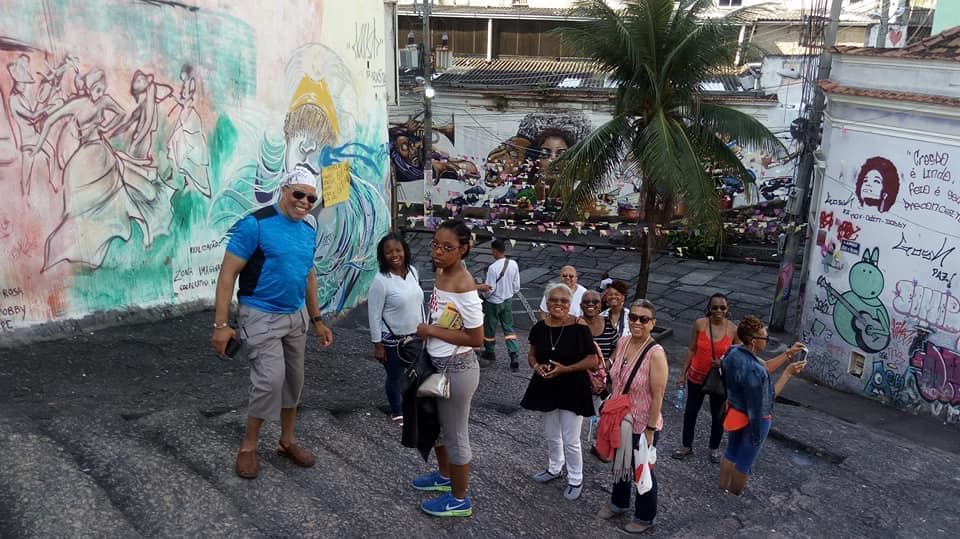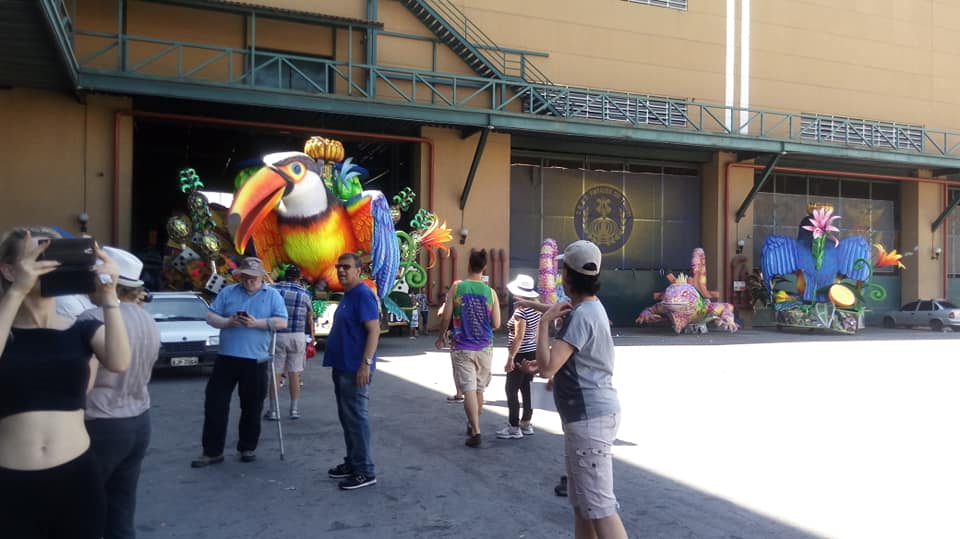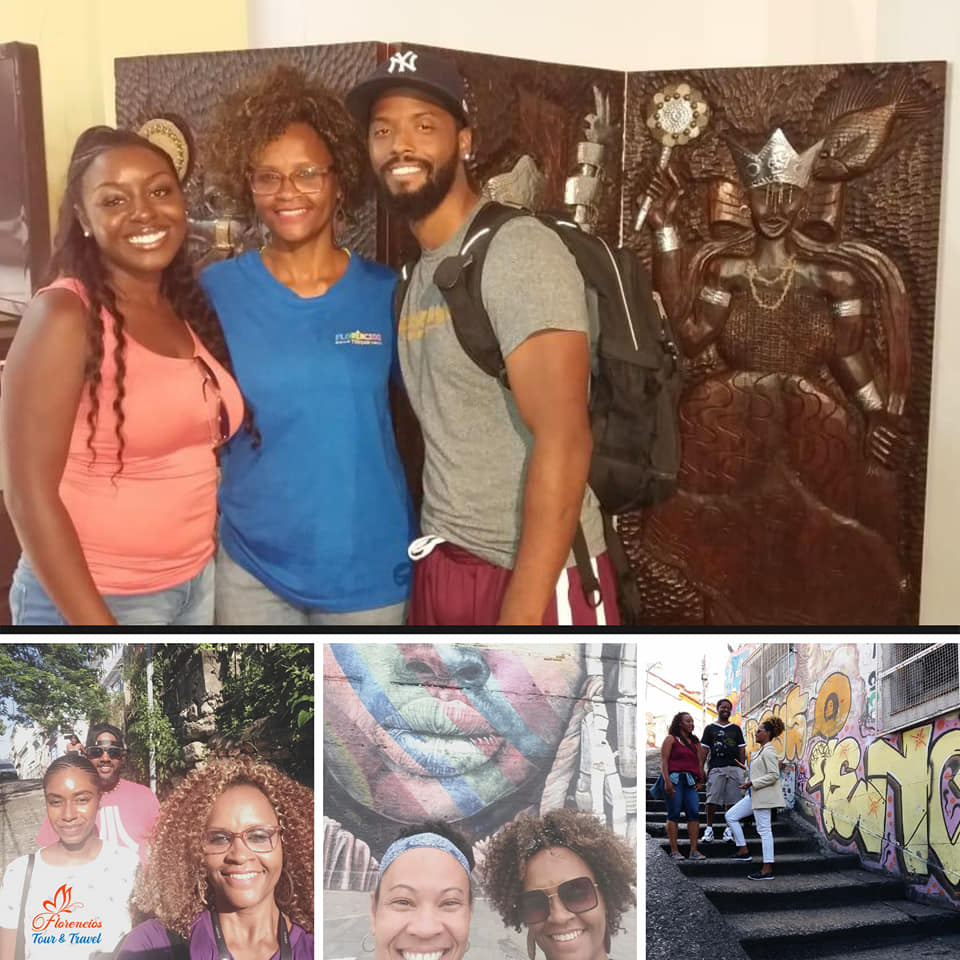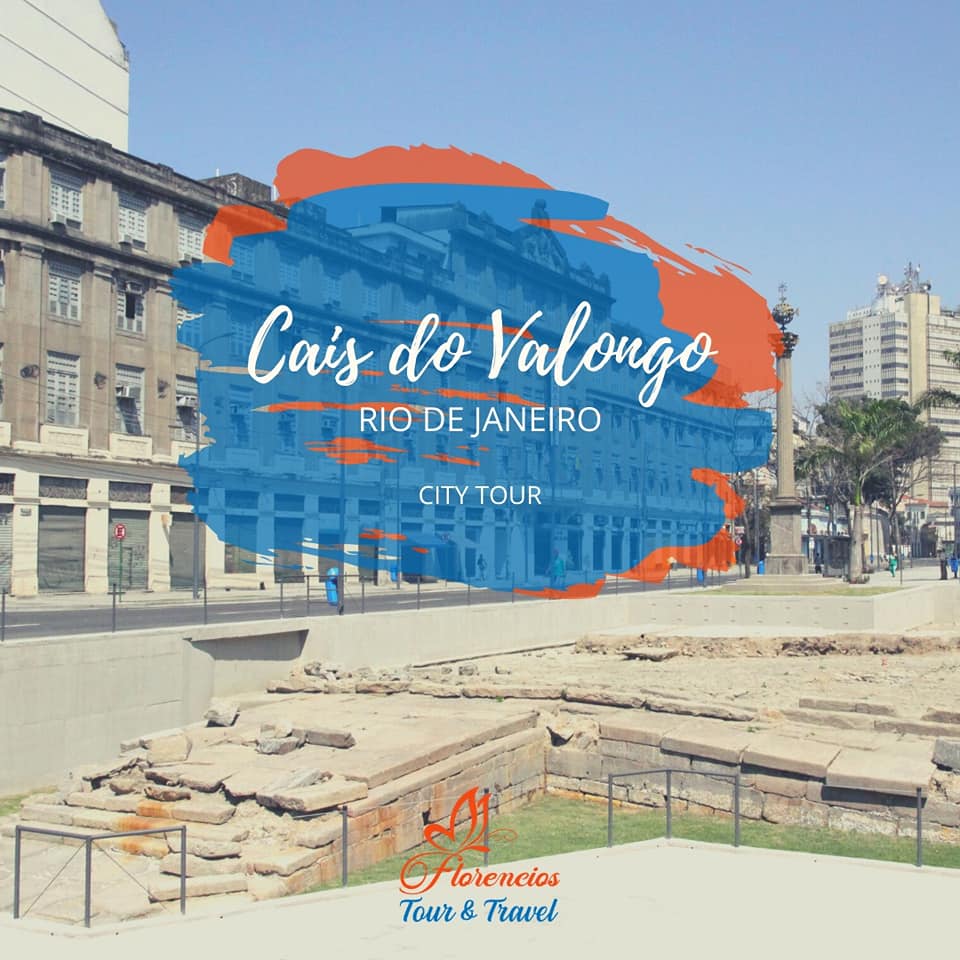Pequena África & The Carnival Behind the Scenes

Half-Day 6 horas Tours
Overview:
Little Africa is situated in a region where the African presence has left a living heritage, which perpetuates and is renewed to this day. It expresses, therefore, struggle and resistance.Brazil was the destination of at least 40% of all Africans who arrived as captives in the Americas between the sixteenth and nineteenth centuries. Out of these, about 60% entered through Rio de Janeiro’s port, almost a quarter of all Africans enslaved in the Americas.The city of Rio de Janeiro can be considered the largest port of slavery in the history of mankind.The history and impacts of the slavery trade lined up Brazil’s colonial heritage and contribute to dynamics and exclusions socioeconomic conditions that permeate the whole Brazil society till nowadays. Fortunately, it also resulted in the creation of vibrant Brazilian culture, multivocal and multifaceted, rich in cultural matrices, colors, and flavors.Pequena Africa (Little Africa) is the historic home of the Afro-Brazilian community in the Port Region of Rio de Janeiro. The region became known as Pequena Africa after the transatlantic slave trade became illegal in Brazil in 1831 – Although the abolition of slavery in Brazil would only happen 50 years later, in 1888.Between 1850 and 1920, freed Africans remained in the region. Free Blacks Brazilians and Africans most from Bahia traveled to Pequena Africa looking for jobs and a sense of community.Pequena Africa has often welcomed blacks people from all over Brazil. The carnival Behind the Scenes is a great opportunity to you understand the importance of the facture and art craft process involved in the carnival visiting the City of Samba, a space for the concentration of samba schools of the special group of Rio de Janeiro where floats and costumes used in the parades are executed.




0 Comments